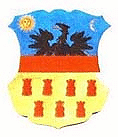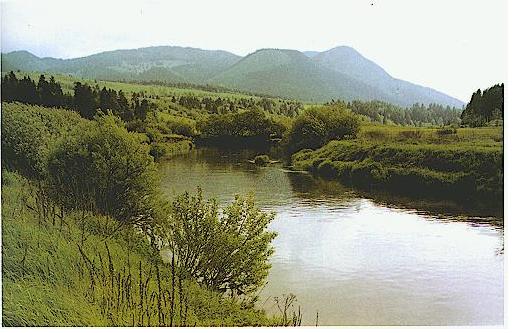
(Odorheiu Secuiesc, Rumania today)
is the Székely
center, west of the Mountains of Hargita (Hung. Hargitai havasok). Archeological
excavations unearthed artifacts dating back to the ancient Dacian and Roman
cultures, however, the first written document mentions the town in 1301, during the
reign of the Hungarian king of the House of Árpád, telling about the castle here as
the residence of certain Székely nobles. In 1485, the renaissance Hungarian king
Matthias (1458-1490) gave the town the privilege of a free royal town with the right
to hold fairs. It received its present name, Székelyudvarhely, in 1613, from
Hungarian Prince of Transylvania Gábor Bethlen. The town has been going through
numerous devastating periods, such as wars with the Ottoman (Turkish) troops,
Tartars, Habsburgs. For instance, Basta, the sadistic Habsburg commander set entire
Székelyudvarhely on fire in 1602. The town actively participated in the Hungarian
Liberation Fight of 1848, therefore, after it fell, it was ordered to pay military ransom
to the Austrian court.
Székelyudvarhely has a permanent and very active theatrical company.
The Reformed (i.e., Presbyterian) College was founded by count János Bethlen, in
1672. The college, originally called Gymnasium Bethlenianum, was a superior
educational institution, which raised students, such as Balázs Orbán, the ethnographer
of the Székely-land, Elek Benedek, the author, Miklós Barabás and others. The
college building shown here was built in 1768, but when the college moved to a new
unit in 1921, this building became a boarding school.


